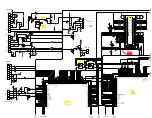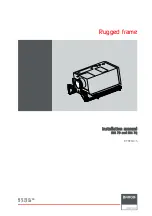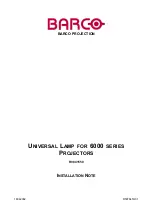
1
Wireless
Radio Frequency
Multimedia
Keyboard & Mouse
Users Manual
FCC ID:NIYKW2033
ERGONOMICS GUIDE
1. Introduction
Personalizing your environment so that it is comfortable for your work situation
promotes a healthy physical and mental lifestyle. Studies show that a carefully
planned work environment can actually increase productivity. Applying proper
ergonomic principals will help make our office more comfortable. Of course,
only you can judge what is best for you, so we encourage you to adapt the tips
on the following pages to your own needs.
Ergonomics is a science that addresses human performance and well being in
relation to various types of jobs, equipment, tools, and environment. Ergonomics
as it relates to computers, is concerned with the interactions among a person
using a computer, the methods and tools employed when using a computer, and
the work area.
We've done extensive testing on the designs of our hardware and software
products because we want to come up with the most easy -to-use and
comfortable products possible. Use the tips in this booklet to take responsibility
for your comfort and health when using the computer.
COMPUTERS AND POSTURE
It is important when you're using your computer to make sure that your wrists
are straight when typing. Position your hands above the keyboard with a
minimum of a 90-degree right angle at t he elbow. Keep your fingers curled
under slightly. Your arms should fall relaxed at your side-don't shrug your
shoulders to keep your arms at right angles. Place your monitor at eye level,
minimizing the bending of your neck while typing. Ensuring that your chair,
work surface, and keyboard are in the correct positions is important.
Maintaining proper body posture can not only lessen your risk of injury, but also
help you work more comfortably.
??
Adjust the height of the chair back so that there's contact between the seat
back and the most curved part of your back.
??
If you have a chair with armrests, they should be height-adjustable so that
you're not hunching or slouching your shoulders to use them.
??
Adjust chair positions and postures throughout the day. Changing positions
reduces muscle fatigue.
??
Don't let the edge of your chair press into the backs of your knees.
??
Keep feet on floor or supported by a footrest.
??
Alternate between the mouse and other pointing device and the keyboard.
This provides a recovery paus e from both.


























